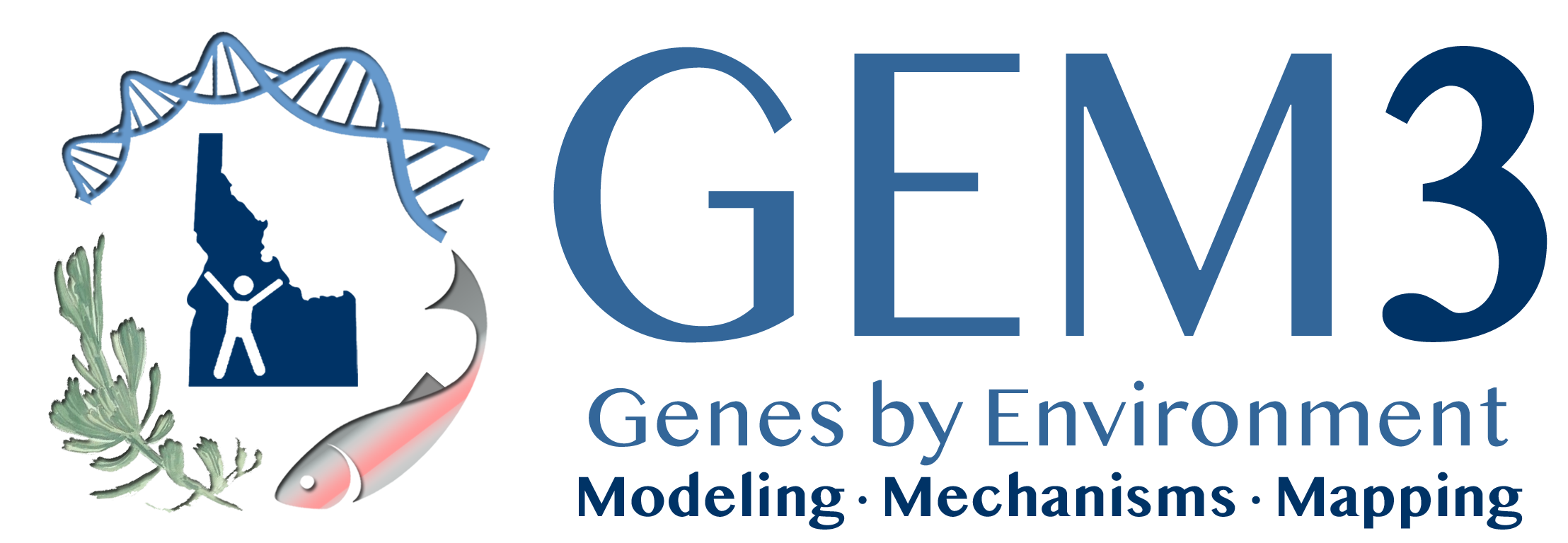Data from: Unmanned aerial systems measure structural habitat features for wildlife across multiple scales
Abstract
Assessing habitat quality is a primary goal of ecologists. However, evaluating habitat features that relate strongly to habitat quality at fine-scale resolutions across broad-scale extents is challenging. Unmanned aerial systems (UAS) provide an avenue for bridging the gap between relatively high spatial resolution, low spatial extent field-based habitat quality measurements and lower spatial resolution, higher spatial extent satellite-based remote sensing. Our goal in this study was to evaluate the potential for UAS structure from motion (SfM) to estimate several dimensions of habitat quality that provide potential security from predators and forage for pygmy rabbits (Brachylagus idahoensis) in a sagebrush-steppe environment. 2.At the plant and patch scales, we compared UAS-derived estimates of vegetation height, volume (estimate of food availability), and canopy cover to estimates from ground-based terrestrial laser scanning (TLS), and field-based measurements. Then, we mapped habitat features across two sagebrush landscapes in Idaho, USA, using point clouds derived from UAS SfM. 3.At the individual plant scale, the UAS-derived estimates matched those from TLS for height (r2 = 0.85), volume (r2 = 0.94), and canopy cover (r2 = 0.68). However, there was less agreement with field-based measurements of height (r2 = 0.67), volume (r2 = 0.31), and canopy cover (r2 = 0.29). At the patch scale, UAS-derived estimates provided a better fit to field-based measurements (r2 = 0.51-0.78) than at the plant scale. Landscape-scale maps created from UAS were able to distinguish structural heterogeneity between key patch types. 4.Our work demonstrates that UAS was able to accurately estimate habitat heterogeneity for a key terrestrial vertebrate at multiple spatial scales. Given that many of the vegetation metrics we focus on are important for a wide variety of species, our work illustrates a general remote sensing approach for mapping and monitoring fine-resolution habitat quality across broad landscapes for use in studies of animal ecology, conservation, and land management.
Usage Notes
Landscape-scale maps of structural quality derived from UAS SfM at the Camas study site, Idaho, USA
Unmanned aerial system (UAS) structural quality maps derived from structure from motion (SfM) photogrammetry at the Camas study site in Idaho, USA. The dense point cloud was produced in Agisoft PhotoScan, and then height filtered with the BCAL LiDAR Tools to create a canopy height model (5-cm pixel resolution). Separate maps of maximum vegetation height, volume, and canopy cover were then produced in ArcGIS at 1-m pixel resolution.
Camas_landscape_maps.zip
Landscape-scale maps of structural quality derived from UAS SfM at the Cedar Gulch study site, Idaho, USA
Unmanned aerial system (UAS) structural quality maps derived from structure from motion (SfM) photogrammetry at the Cedar Gulch study site in Idaho, USA. The dense point cloud was produced in Pix4D, and then height filtered with the BCAL LiDAR Tools to create a canopy height model (5-cm pixel resolution). Separate maps of maximum vegetation height, volume, and canopy cover were then produced in ArcGIS at 1-m pixel resolution.
Cedar_landscape_maps.zip
UAS-TLS plant-scale structural metrics
Plant-scale comparison of unmanned aerial system (UAS) structure from motion (SfM) and terrestrial laser scanning (TLS) structural metrics (shrub height, shrub volume, and canopy cover) at two study sites in Idaho, USA.
uas_tls_plant.csv
UAS-Field plant-scale structural metrics
Plant-scale comparison of unmanned aerial system (UAS) structure from motion (SfM) structural metrics and field-based measurements (shrub height, shrub volume, and canopy cover) at two study sites in Idaho, USA.
uas_field_plant.csv
UAS-Field patch-scale structural metrics
Patch-scale comparison of unmanned aerial system (UAS) structure from motion (SfM) structural metrics and field-based measurements (shrub height, shrub volume, and canopy cover) at two study sites in Idaho, USA.
uas_field_patch.csv
- canopy cover
- shrub height
- shrub volume
- terrestrial laser scanning
Data Authors/Creators
- Other Author(s): Lisa A. Shipley
- Other Author(s): Nancy F. Glen
- Other Author(s): Matthew A. Burgess
- Other Author(s): Daniel H. Thornton
Contact Information
- English
- National Science Foundation DEB-1146368
